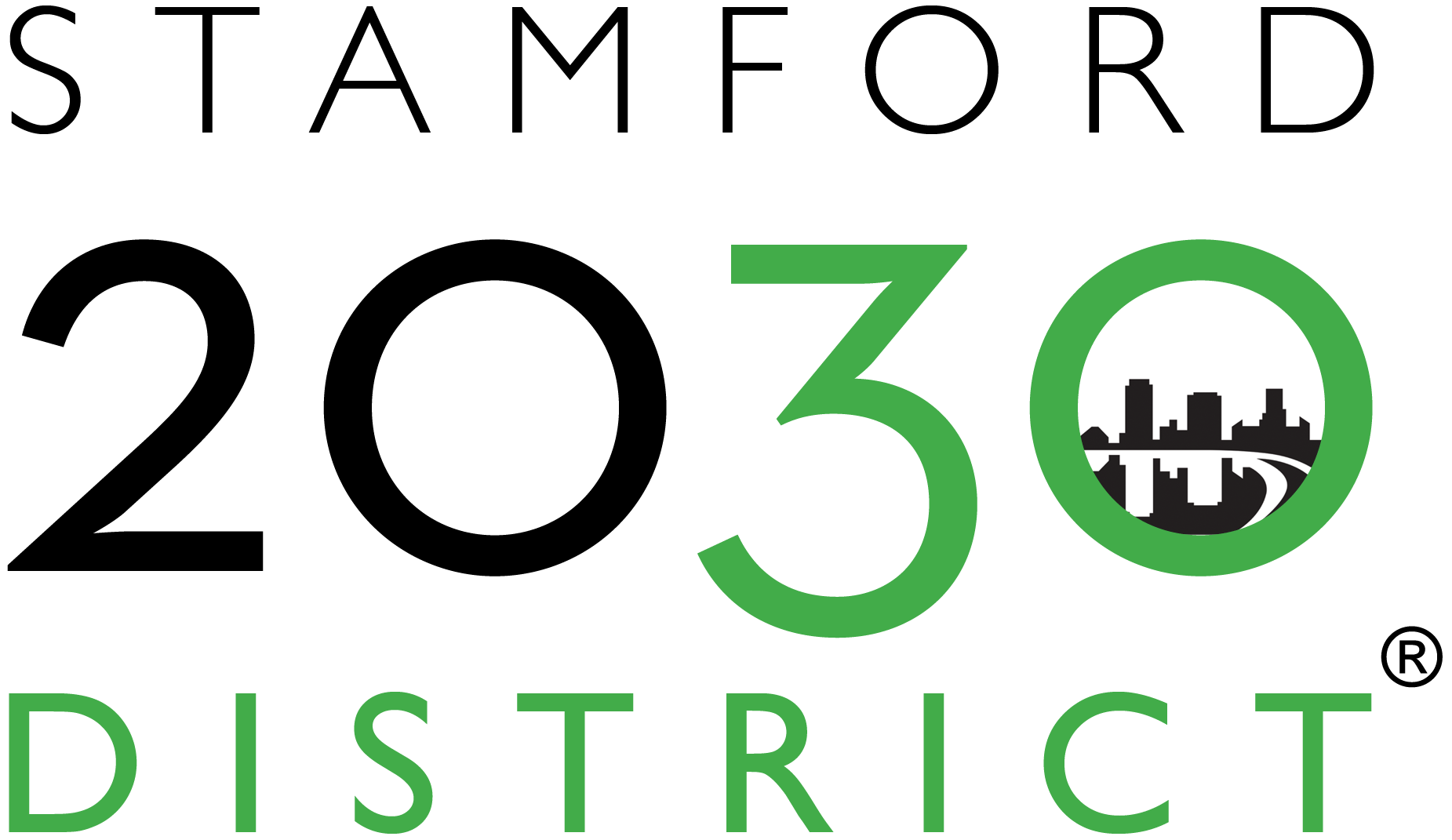Resilience Resources
Building Resilience Video Series:
- Topic 1: Hazard Assessment
- Topic 2: Mapping Hazards
- Topic 3: Existing Buildings
- Topic 4: New Construction
- Topic 5: Financing
Preliminary Resilience Checklist – Complete this preliminary resilience checklist to begin identifying opportunities to improve a building’s resilience to common hazards in the Connecticut region.
Resilience Best Practice Guide -Explore this set of resilience best practices to begin evaluating options for building upgrades, new developments and ongoing development standards.
These resources were developed as part of the Stamford Resilience Opportunity Assessment project funded through the CIRCA Municipal Resilience Grant Program. More information can be found at circa.uconn.edu/Stamford-resilience/.
Stamford Resilience Opportunity Assessment Pilot Project
Summary – Stamford’s “Resilience Opportunity Assessment” was a pilot project reviewing the potential vulnerability to climate change hazards at Stamford’s Government Center and High School. Government Center is where the majority of City operations are housed and the school is one of several locations serving as a public emergency shelter during blackouts and storms. This pilot assessment not only provided an opportunity to advance resiliency in specific municipal buildings, but was an opportunity to improve how the entire City functions and recovers from possible disaster.
The City partnered with New Ecology, Inc., a Hartford-based non-profit that has developed a resilience assessment process for identifying hazards (including flooding, erosion, drought, extreme heat and cold, storms, fires, etc.) and implementation priorities (including but not limited to: elevating mechanical and electrical equipment, flood proofing buildings, flood barriers, perimeter drains, backflow preventers, portable water storage, etc.). Recommendations for mitigation approaches were ranked in terms of cost, risk, and vulnerability for these two buildings.
Project Description – A resilience opportunity assessment provides practical risk mitigation through scenario planning. Improving the resilience of two critical facilities in Stamford collectively improves the City’s ability to respond in an emergency. This project will identify investment priorities as well as the type of measures that can be implemented to improve resiliency. As suggested improvements are made over time, the entire emergency response system will reap incremental benefits.
The assessment process included first identifying hazards and developing hazard scenarios and their expected outcomes for an individual building. The vulnerability of the building to each hazard and the risk hazards occurring is then compiled to prioritize hazards. Finally, a list of priority measures addressing each high priority hazard is developed for implementation.
Stamford 2030 assisted in developing case studies for each of the two buildings undergoing the resiliency assessment. In addition to case study reports, the material highlights best practices and common hazards the buildings face. The resilience assessment is a replicable process that can be implemented in other Stamford buildings and may be adjusted to examine low-income housing. Other municipalities across Connecticut’s coast can also use this process to determine the vulnerabilities in their built infrastructure and identify necessary improvements for implementation.
